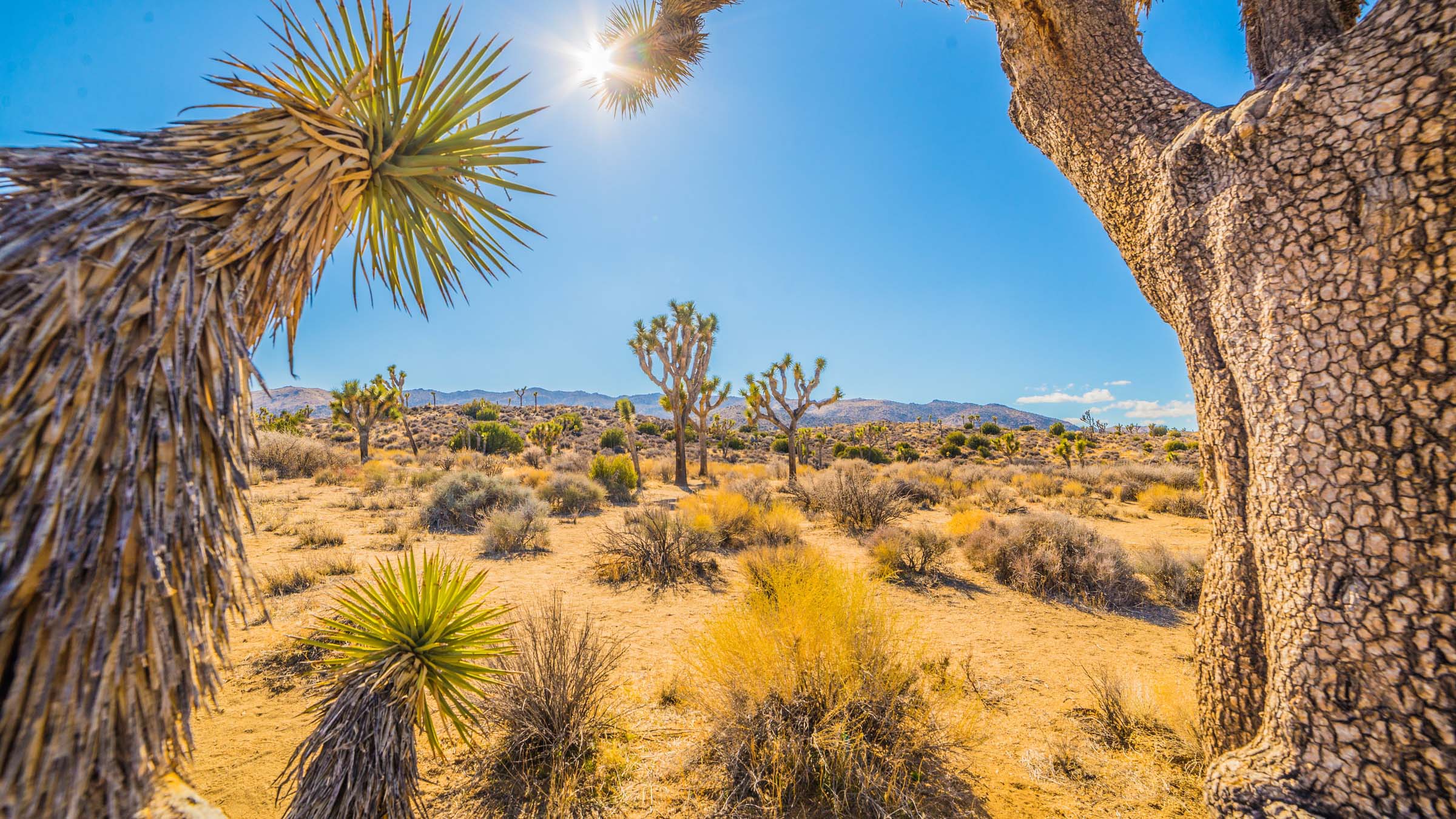Heat Stroke Kills Hikers. A New First-Aid Technique May Help.

(Photo: Chris Ried)
In each of the last five decades, the intensity, duration and frequency of heat waves in the US has increased. Extreme heat will likely take its toll on hikers this summer as well. For most, the worst symptoms they’ll experience will be swollen feet and ankles, the annoying rash of prickly heat, or even heat exhaustion, an uncomfortable combination of fatigue, nausea, cramps and headache. None of these maladies are life-threatening. But then there’s heat stroke, a potentially lethal elevation of temperature that’s a true medical emergency.
Heat stroke develops when your body generates more heat than it dissipates. Body temperatures can soar from the standard 98 or 99 degrees Fahrenheit to more than 104. The tipoffs that distinguish heat stroke from more minor conditions include sudden collapse, confusion, or even seizure.
Immersion in cold water is the best treatment. If you’re in the backcountry, however, you may have to improvise.
“Finding a close river, stream, or lake is a great cooling option if one is nearby,” says Riana Pryor, assistant professor of exercise and nutrition sciences at the State University of New York at Buffalo.
In many wilderness situations, though, sources of copious cold water are scarce. One strategy from the sports world may help: a method called TACO (tarp-assisted oscillation and cooling) can reduce body temperature at the sideline or finish line. TACO involves placing a patient on a tarp supported by rescuers on either side, loading that tarp with cold water, then sloshing the water back and forth. Pryor is investigating whether TACO can be adapted for wildland firefighters, using equipment they carry in the field and much less water.
“The size of a tarp necessary to cool a person only weighs a few ounces and could easily be added to the gear that is already carried,” she explains. “Water is the more difficult supply, but all firefighters carry water for hydration.”
If Pryor’s team demonstrates that the method works for firefighters, then similar strategies could work for hikers and endurance athletes. Still, the smartest move is prevention. Emphasize rest, shade and hydration this summer. Move strenuous activities to cooler parts of the day, allow for frequent rest breaks, and remember to elevate those swollen feet.